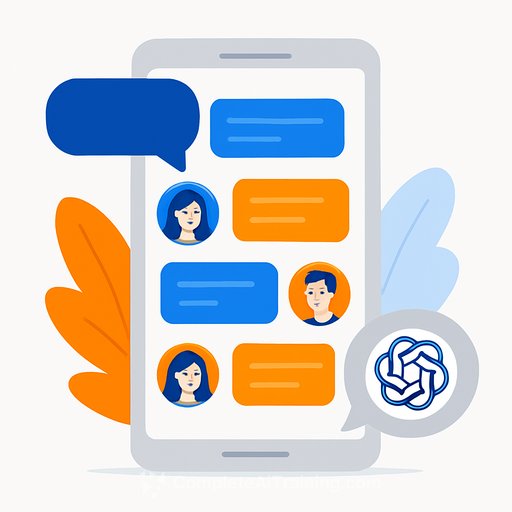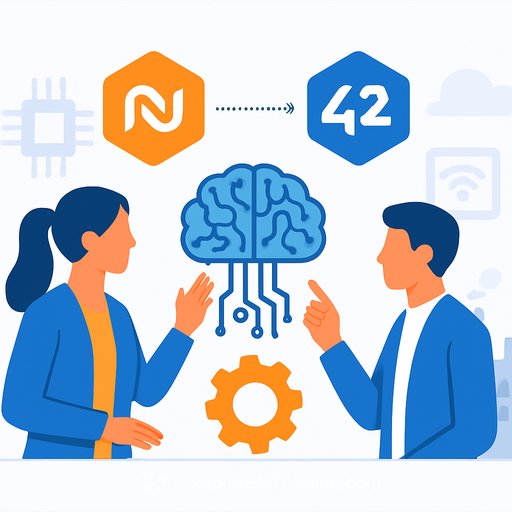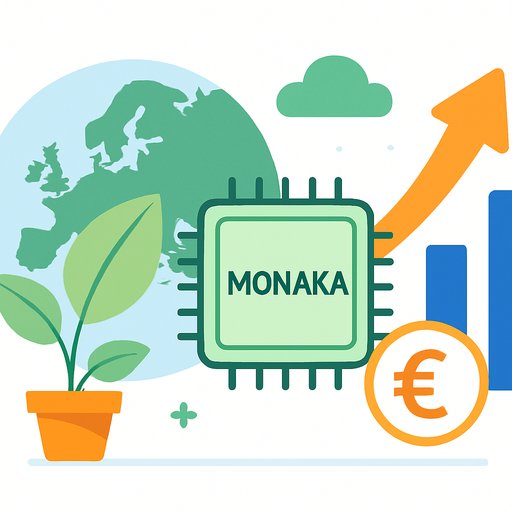ChatGPT Group Chats: A Practical Playbook for Product Teams
OpenAI is testing group chats for ChatGPT in Japan, New Zealand, South Korea, and Taiwan. Up to 20 people can collaborate with the AI in one thread, tag it for help, apply custom instructions, and use tools like web browsing and image generation. The pitch: speed up decisions, reduce meeting fatigue, and keep context in one place.
Early feedback mixes excitement with caution. The feature shows "social" behaviors like summarizing and context-aware replies, but multi-user threads can get messy. Think of it as a shared workspace where an AI sits next to your team, ready to research, draft, and reconcile conflicting inputs.
Why This Matters for Product Development
Collaboration cost is your hidden tax. If ChatGPT can summarize debates, draft PRDs on the fly, and sense context across messages, you cut cycle time. Less context switching. Fewer dead-end meetings. More shipping.
It also pushes AI from solo use to team workflows. That means new norms, new governance, and a chance to measure real throughput gains, not just cool demos.
What's in the Pilot
Current test regions: Japan, New Zealand, South Korea, and Taiwan. Participants: up to 20 per chat, with shareable links and full message history separated from personal chats. Security and compliance settings include toggles for auto-replies and custom instructions per group.
According to OpenAI's posts and release notes, models like GPT-5.1 Instant and GPT-5.1 Thinking aim to make group interactions feel smoother. Availability spans web, iOS, and Android, with broader rollout expected after feedback.
OpenAI Blog and the Help Center are tracking updates as the pilot evolves.
How It Works (In Practice)
- Tag ChatGPT to research, critique, or summarize in the flow of discussion.
- Set group-level instructions for tone, structure, and decision rules.
- Use tools like browsing or image generation for quick fact-checks and visuals.
- Invite via link, keep history scoped to the group, and manage auto-reply behavior.
Use Cases Worth Testing This Quarter
- Spec reviews: Paste context, ask for gaps, risks, and success criteria. Have it draft acceptance tests.
- Sprint planning: Turn backlog chatter into a prioritized plan with owner assignments and dependencies.
- User research: Drop interview notes and get theme clustering, JTBD summaries, and quotes mapped to insights.
- Incident response: Real-time summaries, next actions, status bullets, and postmortem first drafts.
- Experiment design: Convert ideas into hypotheses, metrics, guardrails, and rollout plans.
- Market scans: Competitive comparisons with cited sources and a 1-page POV for leadership.
A 2-Week Pilot Plan for Product Leaders
- Day 0: Pick 1-2 teams (≤20 people each). Define 3 measurable outcomes: decision speed, document throughput, and meeting time saved.
- Day 1: Create group chats with a short charter and a pinned "How we use ChatGPT here" post.
- Day 2: Set custom instructions: role, tone, default frameworks (PRD, RICE, JTBD), and escalation rules.
- Day 3-5: Run two workflows end-to-end (e.g., spec review + research synthesis). Capture baseline vs. pilot metrics.
- Day 6-8: Introduce prompt patterns: "Summarize in 5 bullets," "List risks by severity," "Propose 3 options with trade-offs."
- Day 9-10: Security check: no PII, no secrets, link to policy, and enable human review for sensitive topics.
- Day 11-13: Expand to one cross-functional situation (PM + Eng + Design + Data). Log where the AI helped or confused the group.
- Day 14: Debrief. Decide go/no-go, add guardrails, and templatize what worked.
Guardrails That Keep You Out of Trouble
- Scope: Keep discussions low-risk until policies mature. No sensitive data, legal, or HR cases.
- Ownership: Assign a human "conversation owner" per thread to approve decisions and summaries.
- Transparency: Pin the prompt template and instructions so everyone knows the rules.
- Privacy: Use group-level instructions separate from personal chats; remind teams not to paste secrets.
- Logging: Export summaries and decisions to your source of truth for auditability.
KPIs to Track (Before vs. After)
- Decision latency: Time from proposal to decision in product threads.
- Doc velocity: Draft-to-review cycle time for PRDs and briefs.
- Meeting minutes saved: Replace live debates with AI summaries plus async comments.
- Quality: Fewer rework cycles; clearer acceptance criteria; fewer production surprises.
Known Risks and Friction
- Thread confusion: Multiple voices = higher chance of wrong assumptions. Counter with a conversation owner and recap commands.
- Over-trust: Treat outputs as proposals. Require human approval for any decision.
- Noise: Tag ChatGPT with purpose. "Summarize, 7 bullets, open questions first."
- Early bugs: Expect hiccups with multi-user context. Keep stakes low during the pilot.
Prompt Patterns That Work
- "Summarize the last 25 messages for an exec brief. Start with decisions, then risks, then open questions."
- "Draft a PRD from this thread. Add problem, goals, non-goals, MVP, risks, and acceptance tests."
- "Offer 3 options with trade-offs and a recommendation based on [metric]. Keep it under 200 words."
- "Create a status update for stakeholders: what changed, blockers, next steps, owners."
Where to Skill Up
If you're formalizing AI-in-the-loop workflows for product roles, this catalog can help you find relevant upskilling paths: Courses by Job. For playbooks and prompt ideas specific to ChatGPT, browse: ChatGPT resources.
The Move
Run a small, safe pilot. Measure hard outcomes. Keep a human owner in every thread. If the metrics hold, scale with templates, guardrails, and clear norms.
AI in group chats won't fix broken process, but it will amplify good ones. Use it to cut noise, add clarity, and ship higher-quality work, faster.
Your membership also unlocks:






